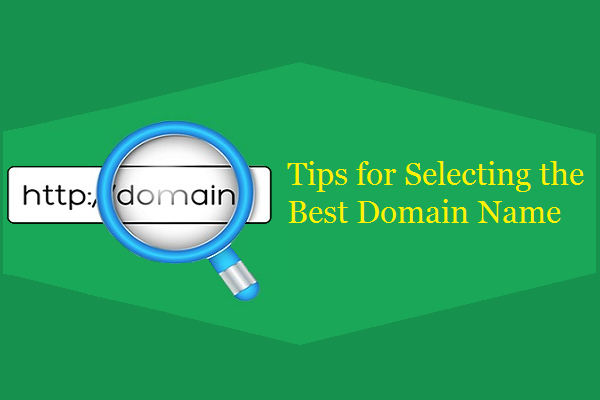Your URL and domain name play an important part in leading potential clients your way. It not only serves as the destination through which visitors may access your business and content, but it can also impact how visible you are in search results. Today there are more domain name options compared with a few years back, but you must stick to certain best practices for optimal results and performance. Below are some tips to help you along:
- Work with your keywords
Before going to a domain registrar, you should first take time to brainstorm with your team. It is helpful if you have a list of 3-5 top keywords you wish to rank for. These phrases and/or words should define the brainstorming sessions. Mix and match up different combinations to find out what sounds good and is easily memorable. Take your time and let things flow.
If, for instance, you’re setting up a bakery in your hometown, examples of keywords you might be interested in include baked goods, bakery, fresh bread and your city name. You can also use prefixes and/or suffixes to create an attention-grabbling domain name. For the bakery, you might go with superbakery.com.
- It must be unique
Your domain name forms a part of your brand identity. You must ensure that it stands out, both for you and your users. It isn’t a good idea for your domain to sound like (or almost like) other top brands as this will leave your customers confused (and very often on the more popular brand instead of yours).
Strike a balance between being unique and going too far in search of uniqueness. For instance, misspelling a common word can cause you big trouble. Think of the popular image domain Flickr. The site founders opted to go for this spelling instead of the standard spelling of the word, Flicker, and they lost some traffic, particularly at the beginning before they became well-known. As a result, they also had to purchase the domain with the correct name, flicker.com, and have this domain redirect users to the main site.
- .COM is always first choice
If you mean business and want to create a long-lasting brand in the online space, you can’t do better than a .com top-level domain (TLD). You can also use a 301-redirect to draw traffic to a .org or .net site, but owning the .com or equivalent TLD within your audience’s country is vital. If serving an international audience, a .com domain will serve you best.
The domain you choose is important for several reasons, but the most important it that among all other TLDs in the market, .com carries the highest level of user trust. In fact, a good number of users still don’t know that there are other TLDs and may hesitate to click on links with them. If you have .com as an option, save yourself the trouble and just use it.
- It should be easy to type
It’s simple: people will not type any URL that’s hard to type. Words that are long URL strings and difficult-to-spell words will only frustrate users and send them away. Even though long URLs give you the chance to add a good keyword, you may lose out ultimately if the user gets annoyed/frustrated typing it.
- It should be easily memorable
Your best tool in the marketing arsenal is still word of mouth or referral marketing. If you want your band name to spread and become a household name in a short time, ensure your domain is very easy to remember. It won’t matter if you have a great website with great products and input from an SEO expert if users can’t recall your name from the top of their heads.
- Make it short
Shorter URLs are easy to remember, look good offline and online, are easy to type and they can fit well in a small business card. In addition, more of the URL can be viewed from the SERPs. Basically, shorter URLs are the best. That being said, we appreciate that most URLs that are nine characters or less have been taken, including 3-5 letter words that mean nothing. As such, you may have to bid for your ideal domain name and pay a small premium on it. In the end, however, it will be worth it to have your brand name at the top of your customers’ minds.
- Meet user expectations
Finally, consider what your users expect when they hear your domain name, and ensure that you meet that expectation. If they can’t instantly tell what your business is about from your domain, this is a problem. You can work with examples like Trivago, Trulia, Amazon and Google, which are household names today, but remember that it took tons of branding and marketing to get them there. You need a domain that tells people what they’re going to get right off the bat.

